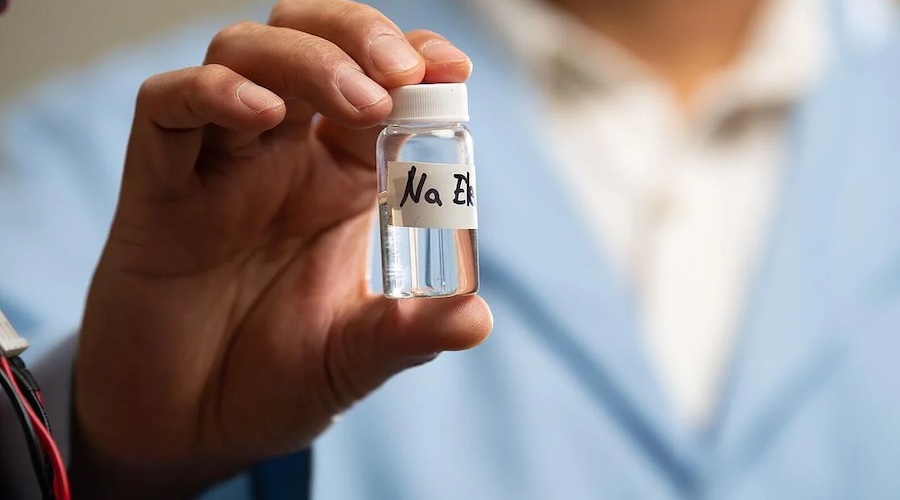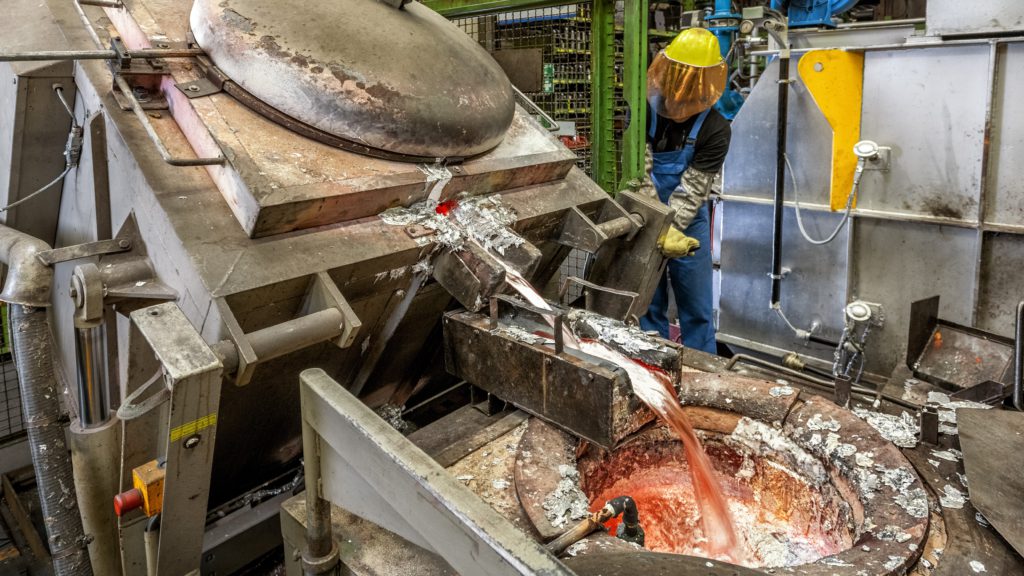Longer-lasting sodium-ion batteries closer to becoming a reality


The expectation – they say – is that one day, this battery powers electric vehicles and stores energy from the sun.
“Here, we have shown in principle that sodium-ion batteries have the potential to be a long-lasting and environmentally friendly battery technology,” Jiguang (Jason) Zhang, lead author of the study, said in a media statement.
Zhang explained that in batteries, the electrolyte is the circulating “blood” that keeps the energy flowing. The electrolyte forms by dissolving salts in solvents, resulting in charged ions that flow between the positive and negative electrodes. Over time, the electrochemical reactions that keep the energy flowing get sluggish, and the battery can no longer recharge. In current sodium-ion battery technologies, this process happens much faster than in similar lithium-ion batteries.
The PNNL team, thus, attacked this problem by switching out the liquid solution and the type of salt flowing through it to create a wholly new electrolyte recipe. In laboratory tests, the new design proved durable, holding 90% of its cell capacity after 300 cycles at 4.2 V, which is higher than most sodium-ion batteries previously reported.
The recipe also showed to have a stabilizing effect on the anode’s protective film, which normally dissolves over time.
According to Zhang and his colleagues, the new electrolyte also generates an ultra-thin protective layer on the cathode that provides additional stability to the entire unit.
Fire protection
The new sodium-ion technology uses a naturally fire-extinguishing solution that is also impervious to temperature changes and can operate at high voltages. One key to this feature is the ultra-thin protective layer that forms on the anode. This ultra-thin layer remains stable once formed, providing the long cycle life reported in the research article.
“We also measured the production of gas vapour at the cathode,” study co-author Phung Le explained. “We found very minimal gas production. This provides new insights to develop stable electrolyte for sodium-ion batteries that may operate at elevated temperatures.”
Le pointed out that, for now, the sodium-ion technology still lags behind lithium in energy density. But it has its own advantages, such as imperviousness to temperature changes, stability and long cycle life, which are valuable for applications of certain light-duty electric vehicles and even grid energy storage in the future.
In order to reach such applications, the research team continues to refine their design.
Le noted that he and his co-authors are also experimenting with other designs in an effort to reduce – and eventually eliminate the need to use cobalt.
This post has been syndicated from a third-party source. View the original article here.




